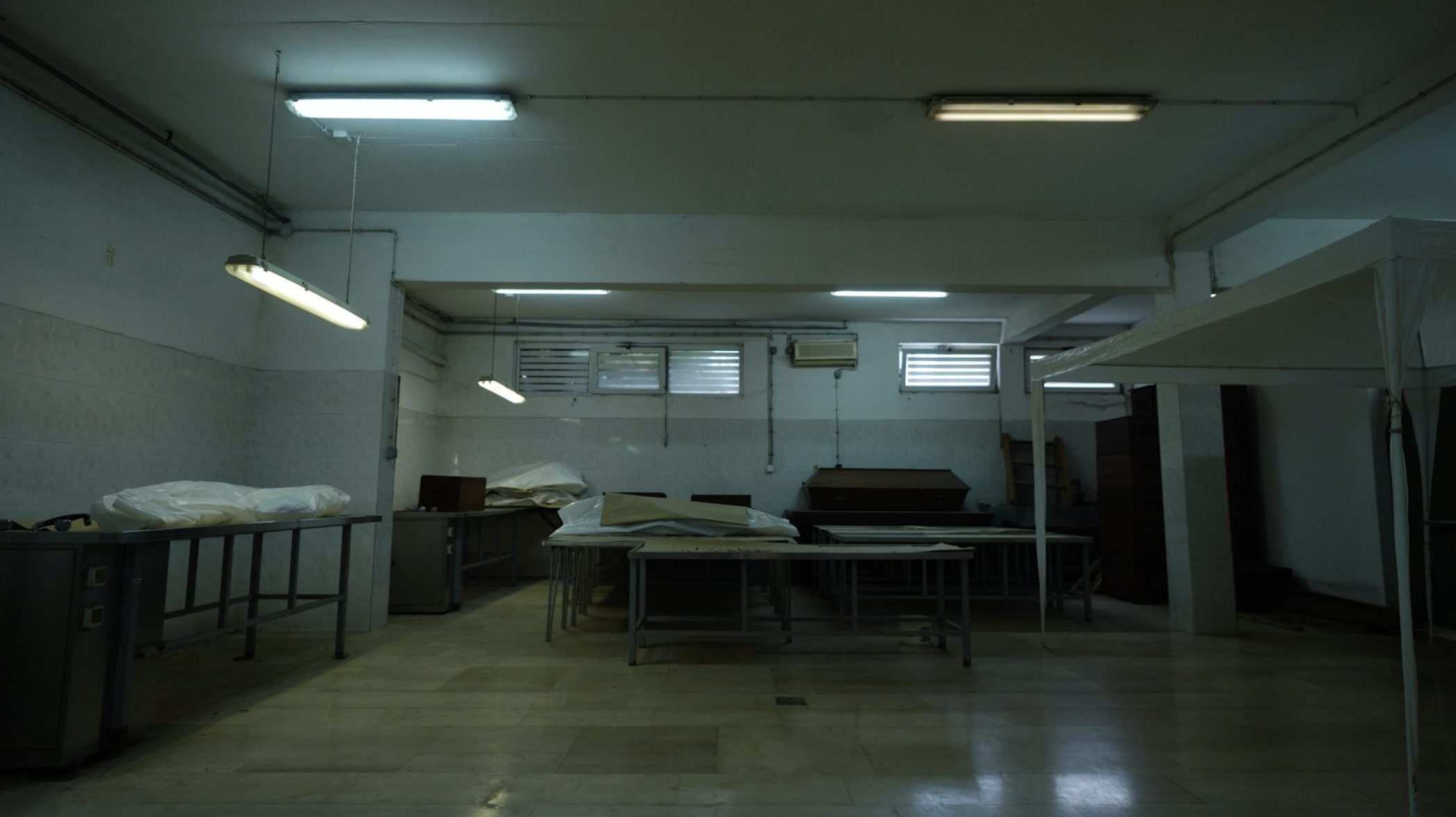This post is also available in: Bosnian
Richard Wright, an expert in forensics, says at Ratko Mladic’s trial at The Hague, that, during an exhumation of 21 mass graves linked to the fall of Srebrenica he found nothing that would indicate that those killed in battles were buried in them.
“I did not find such indications. All of the bodies I saw were dressed in civil suits… I considered that all of them were civilians,” said Australian professor Wright, who led a Hague Prosecution exhumation team from 1998 to 2000.
During Wright’s testimony the prosecutors presented photographs of blindfolded and tied human remains, which were exhumed from the mass graves.
Mladic, wartime Commander of the Republika Srpska Army, VRS, is charged with genocide against about 7,000 Srebrenica Muslims in the days that followed the occupation of the enclave by VRS on July 11, 1995.
Wright said that he superintended the exhumations from 21 graves, adding that his team exhumed all bodies from eight of them, while the Tribunal’s other teams later exhumed remains from the remaining graves.
He estimated that a total of 3,474 bodies were buried in the graves, but, when the exhumations were completed, it turned out that the number was higher by “five to ten per cent.”
He confirmed that he had found evidence, like blindfolds, hand ties and bullet capsules, which linked the primary mass graves in the vicinity of the location at which Muslims had been shot with secondary graves, to which the VRS relocated the bodies in the fall of 1995 with the aim of concealing the crime.
During the cross-examination, Mladic’s Defence attorney Miodrag Stojanovic suggested that some of the bodies found in primary graves had been brought from other locations. Wright responded by saying that, judging by the way the bodies were lying and the number of bullet capsules, he determined that most of the victims were killed there.
However, he did not exclude the possibility that some of the victims were killed at another location, but he insisted that, according to evidence, all the murders were committed at the same time.
Responding to a suggestion that Muslim soldiers, who were killed while attempting a breakthrough from Srebrenica to Tuzla through the woods, could have been buried in the mass graves, Wright said that traces of insects would have been noticed on bodies collected from the ground, adding that he did not find such traces in the graves.
He specified that, among the graves on which he worked, the ones in Kozluk, at Crvena Brana and in Glogova were the only primary ones, adding that the first two were execution locations.
Metal bomb fragments and small parts of construction material and doors were found among the remains exhumed from the grave in Glogova village, near Bratunac, from which 192 complete bodies and 249 body parts were exhumed in 2000. This led the investigator to conclude that the victims were Muslims killed by Serb forces in a warehouse in Kravica village on July 13, 1995.
According to Wright’s testimony, bodies exhumed from secondary graves were linked to the execution location in Kozluk, near the Vitinka factory dump, on the basis of parts of broken glass bottles found at both of those locations.
Susan Maljaars of the Dutch Forensic Institute testified about a forensic analysis of blindfolds and ties found in mass graves, which she conducted, at a request by the Hague Prosecution, in 2000.
Following an analysis of about 400 samples found in mass graves and their vicinity, Maljaars confirmed that, in most cases the fabrics found in the primary and secondary graves were congruent.
The trial of Mladic is due to continue on July 16.


